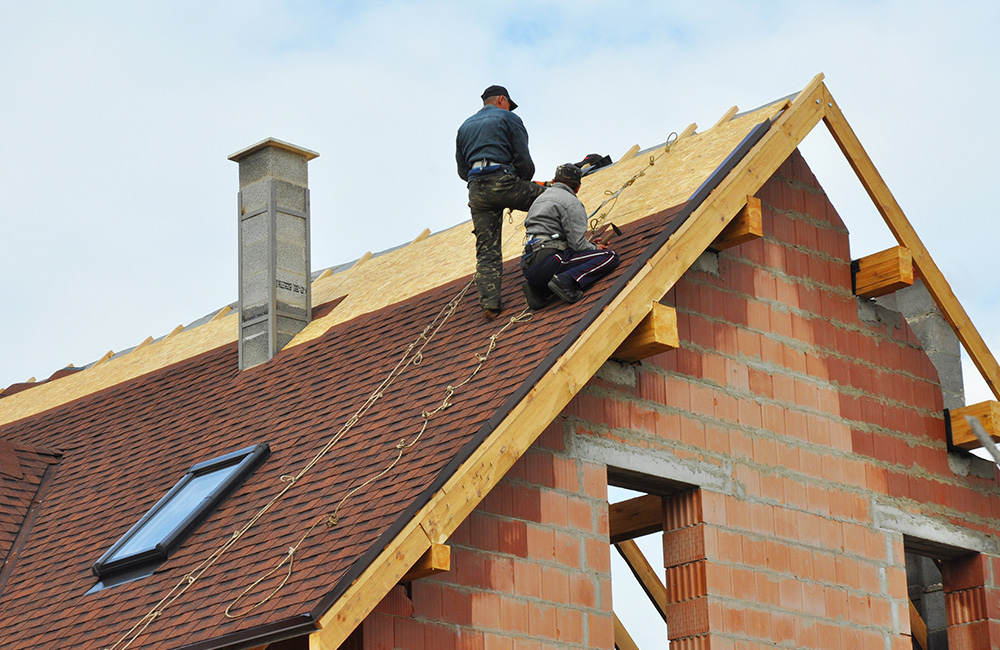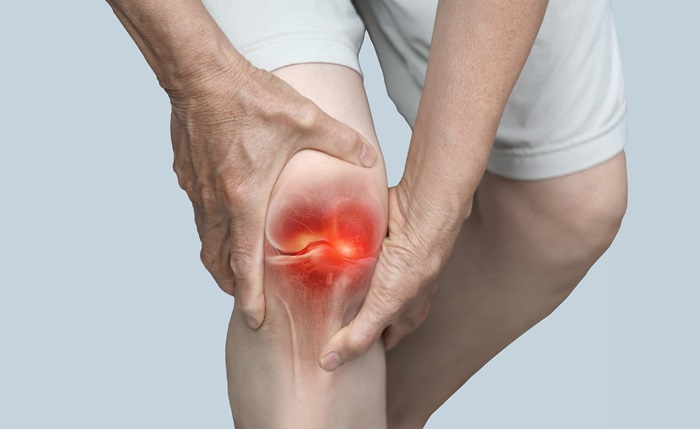For many senior citizens, the challenge of aging in place is compounded by the cost of maintaining their homes. As houses age, so do roofs, electrical systems, and plumbing—often at a time when retirement income is fixed and limited. With the average roof replacement costing $8,000 to $15,000, and other critical repairs demanding thousands more, the financial burden can be overwhelming.
Free home repair programs serve as vital lifelines, helping seniors remain in safe, livable environments. These programs are not just about convenience—they address urgent safety hazards like leaky roofs that cause mold, outdated electrical systems that could start fires, and failing plumbing that damages foundations.
This article explores the importance of free home repairs for senior citizens, focusing on federal, state, and nonprofit programs like New York’s RESTORE and the federal WAP. It provides step-by-step guidance for accessing these programs and explains how to get a new roof for free.
Why Free Home Repairs Matter for Seniors
Senior homeowners on fixed incomes often face difficult choices when it comes to home maintenance. The cost of essential repairs, such as roof replacements or plumbing overhauls, can be prohibitive. With roofing jobs averaging $8,000–$15,000 and electrical or plumbing upgrades often exceeding $5,000, many seniors simply cannot afford them.
.png)
Ignoring these necessary repairs, however, comes with serious risks. A leaking roof can lead to mold and respiratory issues. Outdated wiring increases the risk of house fires, and broken pipes can cause structural damage or sanitation issues. These problems jeopardize both physical safety and the ability to remain independent in one's home.
Free repair programs specifically targeted at low-income seniors help eliminate these dangers. They restore the home’s integrity, reduce energy costs, and allow elderly residents to age in place with dignity and security. Programs that offer free home repairs for senior citizens are not luxuries—they are essential tools in preserving health, safety, and well-being.
Read more: The Ultimate Guide to Zero Turn Mowers: New, Used, and Commercial Options
Critical Repairs Covered by Free Programs
Free home repair programs primarily focus on urgent and essential fixes that affect health and safety. These typically include roofing, plumbing, and electrical system repairs—areas that, if left unaddressed, could lead to significant danger or property loss.
Roofing repairs address issues like missing shingles, active leaks, and structural damage. A solid roof prevents water intrusion, mold growth, and heat loss, which are especially dangerous to older adults with health conditions.
Plumbing upgrades cover leaky or broken pipes, septic system problems, or old fixtures that may not meet current safety standards. Faulty plumbing can lead to slip hazards, unsanitary conditions, or water damage.
Electrical repairs handle outdated or unsafe wiring, malfunctioning breaker panels, and improperly grounded outlets. These fixes are crucial in preventing house fires and electrocution.
Programs prioritize these critical areas because they are directly tied to a senior's ability to safely remain at home. By focusing on immediate hazards, free repair initiatives ensure that homes are not only livable but safe, supporting the independence and well-being of elderly residents.
New York’s RESTORE Program for Seniors
One of New York State’s most impactful initiatives is the RESTORE program—Residential Emergency Services to Offer Repairs to the Elderly. Designed to help low-income seniors age 60 and over, RESTORE provides grants for emergency home repairs that threaten health or safety.
To qualify, applicants must meet three main criteria:
-
Be 60 years or older.
-
Own and occupy the home as a primary residence.
-
Have a household income at or below 100% of the area median income (AMI).
Unlike other programs, seniors do not apply directly to the state. Instead, they must go through local program administrators—municipal governments or nonprofit agencies—who assess needs, handle applications, and manage funding.

RESTORE focuses on emergency and code-related repairs. Covered repairs often include:
-
Replacing a broken furnace during winter.
-
Fixing a leaky roof causing structural damage.
-
Addressing plumbing issues that could lead to unsanitary conditions.
-
Updating electrical wiring that poses fire risks.
This state-funded program exemplifies how local governments can bridge the gap between seniors’ needs and safe housing. For more details, visit NYS Homes and Community Renewal and locate the RESTORE contact for your area.
Read more: Exploring the Hawaiian Islands Through Cruises from Vancouver
Getting a New Roof for Free: WAP and Habitat for Humanity
For seniors worried about high roofing costs, both federal and nonprofit programs offer valuable solutions.
1. Weatherization Assistance Program (WAP)
Administered by the U.S. Department of Energy, WAP helps reduce energy costs for low-income households. For seniors, the program can include roof repairs or replacements, particularly if the roof is causing heat loss, mold from leaks, or other health hazards.
To qualify, household income must be at or below 200% of the federal poverty level. Applications are processed through state agencies like NYS HCR or local providers such as RECAP in Orange and Rockland counties. While the program focuses on insulation and energy efficiency, critical roofing issues that impact weatherization are eligible for repair.
2. Habitat for Humanity
Local Habitat affiliates offer roof repair and replacement grants as part of their critical home repair services. For instance, Habitat Newburgh offers up to $12,500 for roof repairs to eligible homeowners in Newburgh, NY. Applications require income documentation, proof of ownership, and a willingness to partner with the organization (often involving sweat equity or volunteer hours).
To apply, contact your nearest Habitat office. Each affiliate sets its own guidelines and funding caps, but all share the mission of keeping seniors in safe, stable housing.
Comparison of Federal, State, and Nonprofit Home Repair Programs
The table below outlines the differences between key home repair programs available to seniors:
| Program | Grant Amount | Eligibility | Application | Covered Repairs |
|---|---|---|---|---|
| WAP | ~$7,500 avg (varies) | ≤200% of Federal Poverty Level | Local WAP provider | Weatherization, roofing if tied to energy loss |
| RESTORE (NY) | Up to $20,000 | Age 60+, ≤100% Area Median Income (AMI) | Local administrator (not state directly) | Emergency and code-related repairs |
| Habitat for Humanity | Up to $12,500 (varies) | Low-income homeowners | Local Habitat affiliate | Roofing, plumbing, electrical, accessibility |
| USDA Section 504 | Up to $10,000 (grant) | Rural residents, 62+, very low-income | USDA Rural Development office | Health/safety hazards, accessibility, roofing |
These programs often overlap in scope but differ in eligibility and application processes. WAP and RESTORE focus on weatherization and emergency needs, while Habitat and USDA 504 include broader home rehabilitation support.
Practical Steps to Access Free Home Repair Programs
Seniors seeking help with home repairs should follow these key steps:
Step 1: Verify Eligibility
Use program websites or call local agencies to confirm you meet income, age, and residency requirements.
Step 2: Prepare Documents
Gather proof of income (Social Security, pension), property deed or mortgage, and repair estimates or photos of damage.
Step 3: Contact Local Providers
Reach out to local program administrators such as:
-
NYS HCR for RESTORE
-
Local WAP offices
-
Habitat for Humanity affiliates
-
USDA Rural Development offices (for Section 504)
Step 4: Apply Early
Funding is limited and demand is high. Apply as early as possible to avoid long waitlists.
Additional Tips:
-
Use USA.gov to explore state and federal repair resources.
-
Check with nonprofits like Rebuilding Together, which may offer free repairs in certain areas.
-
Consider speaking with social workers or senior centers for referrals.
X user tip: One senior suggested documenting every call with agencies—including names, dates, and instructions—to avoid delays and track progress.
Conclusion
Free repair programs like RESTORE, WAP, and Habitat for Humanity provide critical help for seniors living on fixed incomes. By covering high-cost repairs to roofing, plumbing, and electrical systems, these programs allow seniors to remain safe, healthy, and independent in their homes.
Whether you're exploring how to get a new roof for free or seeking electrical upgrades, now is the time to act. Research eligibility, gather your documents, and contact local program providers. These grants can save your home—and your peace of mind.














